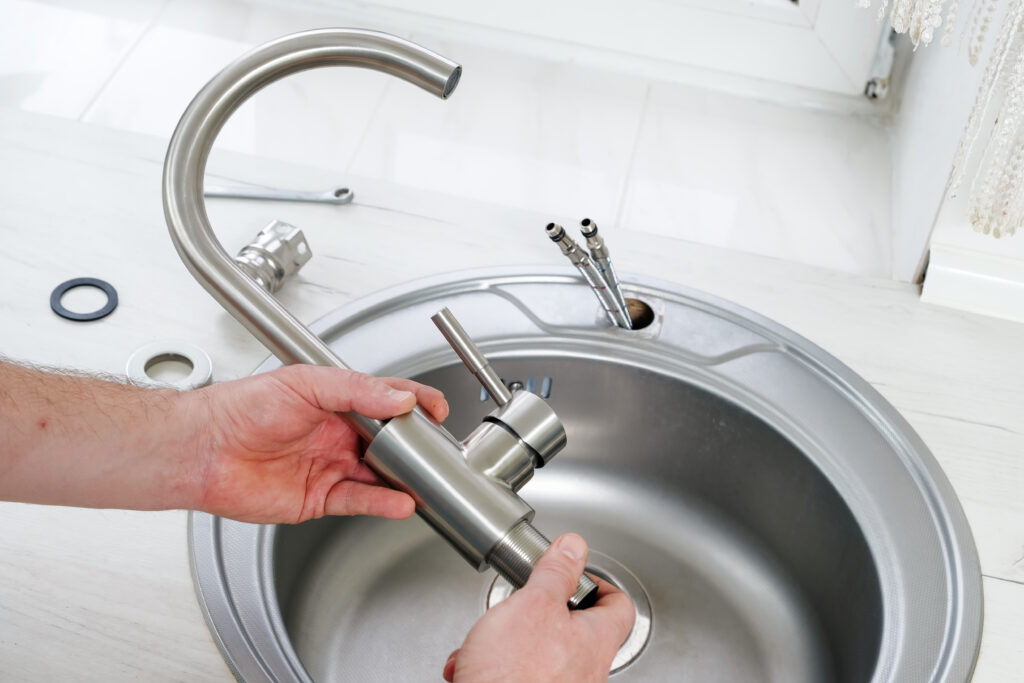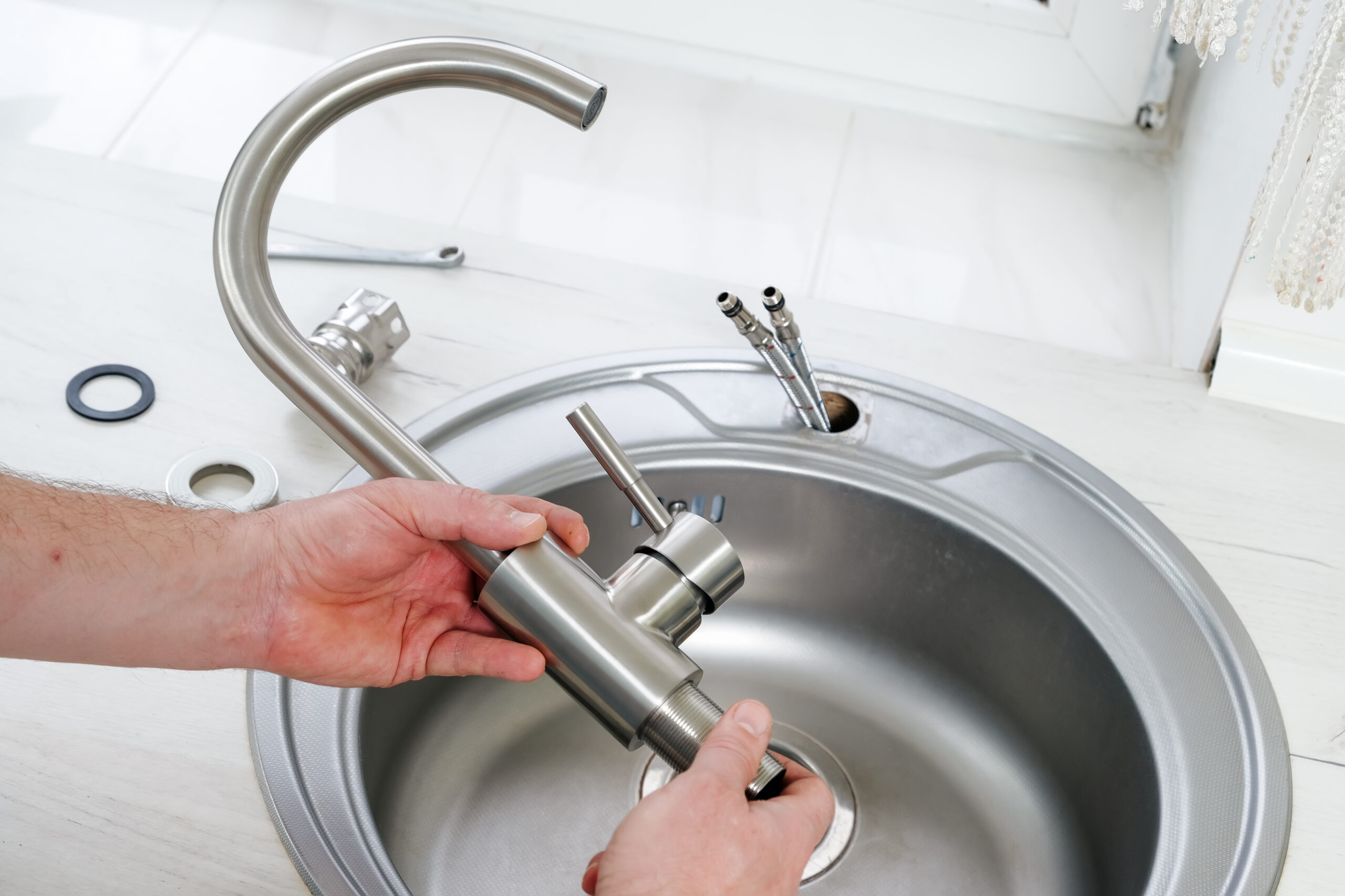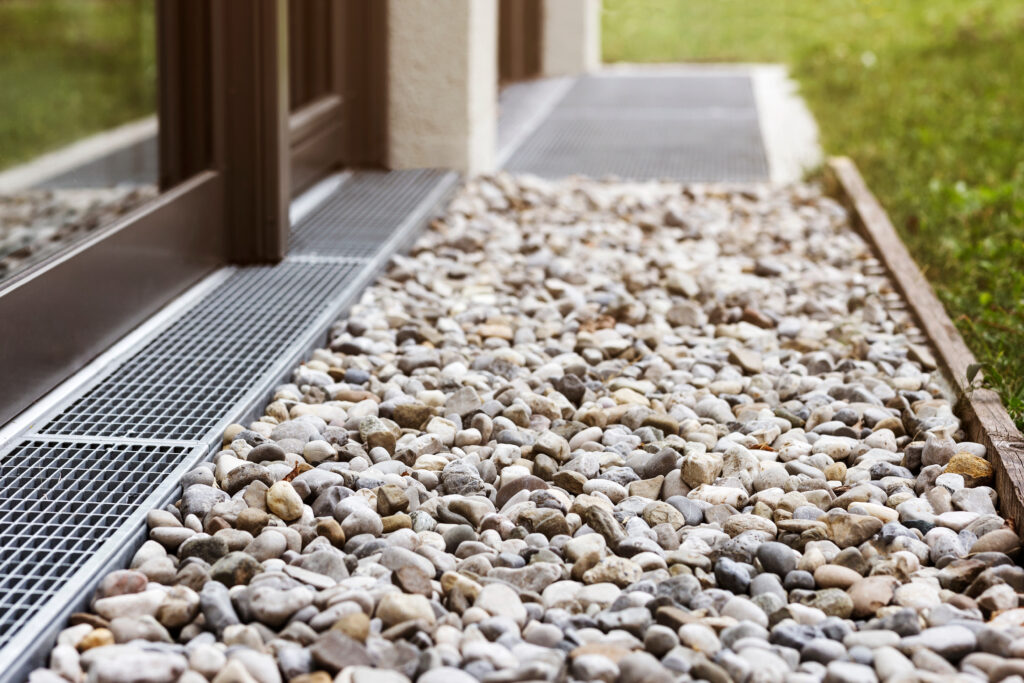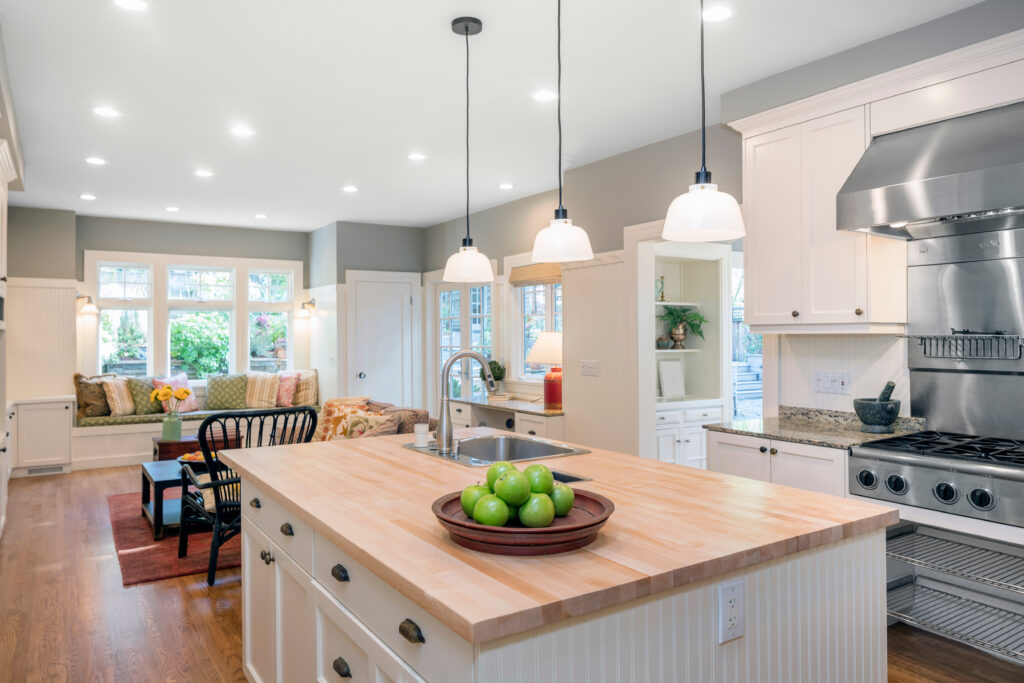Everything You Need to Know About Installing a Sink Faucet (and Why It Matters for Your Home Warranty)
You know that subtle drip-drip-drip you’ve been ignoring in your kitchen or bathroom? Yeah, it’s probably time to replace that faucet. Whether you’re updating the style, addressing annoying leaks, or upgrading functionality, installing a new sink faucet is one of those small home improvement projects that can have a surprisingly big impact. It’s also one of those jobs people think is more intimidating than it really is—but trust us, it’s very doable. Plus, if you’ve got a home warranty or you’re considering one, this is the kind of system feature that’s worth understanding now rather than when something springs a leak at 2 a.m. Let’s dig into how sink faucets work, why they matter, and what to know before you replace one.
What Is a Sink Faucet Anyway?
Yes, it may sound obvious… it’s the thing water comes out of. But there’s more going on than just water flow. A sink faucet is a plumbing fixture designed to deliver hot and cold water to your sink, controlled via handles or touchless sensors. Inside, it’s all a network of valves, washers, aerators, and cartridges that work together to provide water pressure, temperature regulation, and reliability. There are various styles—single-handle, double-handle, pull-down sprayers, industrial chic designs—the list goes on. Whether you’re washing dishes or brushing your teeth, this little appliance plays a big role. If it’s broken or leaking, it’s not just annoying—it can spike your water bill or lead to damage that may or may not be covered under your home warranty.
How a Sink Faucet Works (and When It Stops Working)
Inside that sleek, brushed-nickel body is a series of moving pieces and rubber parts that control the release of water. When you turn the handle, it opens a valve that allows water to pass through and out of the spout. Single-handle models typically use a cartridge that blends hot and cold water based on the direction and amount you move the control. Older or more traditional models might use compression valves, which rely on rubber washers—these wear down faster. Because faucets are frequently used, the valves and seals eventually degrade, leading to leaks, mineral buildup, less water pressure, or just general malfunction. A faulty faucet might not seem like a major issue, but when ignored, it can lead to countertop and cabinet water damage—and that’s when your home warranty could step in, assuming your coverage includes plumbing leaks.
Advantages of Upgrading or Replacing a Faucet
Besides the satisfaction of no longer hearing that slow drip, replacing a sink faucet gives you better water efficiency and a fresh new look. Newer models come with built-in aerators that reduce water usage without compromising pressure—so you’re being eco-friendly and saving a bit on your utility bill. Modern faucets also often include features like pull-out sprayers, touchless controls, or even built-in filtration. A well-installed faucet helps maintain the integrity of your plumbing system, and when properly maintained, that can work in your favor when dealing with your home warranty provider, since they expect responsible upkeep. You also sidestep the potential frustration of a claim being denied due to “neglect” or “pre-existing damage,” which can get a little gray without solid maintenance records.
Common Drawbacks (Because Let’s Be Real, Nothing’s Perfect)
Alright, not to be a buzzkill, but even the flashiest faucet can come with a few drawbacks. First off, the installation isn’t quite as plug-and-play as IKEA furniture, especially in older homes with outdated plumbing. You may discover corrosion, stripped connections, or undersink chaos that requires modifying the supply lines. Touchless models sometimes have sensor delays or battery issues—and guess what? If that sensor malfunctions due to a manufacturer defect versus regular wear and tear, your faucet might fall into the warranty gray zone unless it’s specifically listed. And while luxurious finishes like matte black or bronze look amazing, they also tend to show hard water stains more prominently. So prepare to wipe down a bit more than usual if you’re aiming for the Pinterest aesthetic.
Tips for a Smooth Faucet Installation
If you’re the DIY type, plan to set aside about one to two hours for the project (maybe tack on an extra 30 minutes if you get interrupted by the dog barking at the doorbell). Start by shutting off your water supply valves under the sink—yes, we’ve all forgotten that part at least once. Disconnect the old faucet, then clean the mounting surface thoroughly. Install the new faucet according to the manufacturer’s instructions, ensuring everything’s secure and leak-free before calling it a day. Use plumber’s tape on threaded connections, double-check alignment, and check for a snug seal at the base. If your home’s plumbing is older or has quirks—and chances are it does—it’s smart to have a pro on standby. Snap a few photos before and after, file receipts, and note the install date. Seriously, documentation is power when you’re submitting a warranty claim down the road.
Why Your Faucet Can Affect a Home Warranty Claim
This is where things get interesting. Most home warranty plans, like the ones from Armadillo, typically include coverage for major plumbing components that connect to your faucet—like water lines, shut-off valves, and sometimes even the faucet itself, depending on the plan. But (and it’s a big but) damage caused by improper installation, DIY gone wrong, or pre-existing flaws aren’t always covered. If a leaky faucet leads to serious water damage because you didn’t address it when you first noticed the drip, you could end up with a denied claim. That’s why it pays to either stay on top of minor repairs or go through your warranty provider to make sure work is done the right way and your coverage stays intact. Long story short: a good faucet is a small but mighty player in your home’s water system—and your warranty is stronger when everything’s working as it should be.
Why Armadillo Should Be on Your Homeowner Radar
So if your faucet is leaking, outdated, or just plain gross—fix it. Stay proactive. Your home deserves it, and your warranty provider will thank you. And if you’re not already covered by a home warranty or you’re thinking of switching, that’s exactly where Armadillo comes in. Armadillo home warranty plans are built for the modern homeowner—transparent, easy to understand, and with real-life support when you need it. Don’t wait for the faucet flood disaster that ruins your cabinets and your day. Head to Armadillo’s homepage to learn how their plans work or jump straight in and build your personalized plan here. Because when your faucet’s working, your water’s flowing, and your warranty’s got your back, home life just feels smoother. Literally and metaphorically. Now go take care of that drip—it’s time.


























